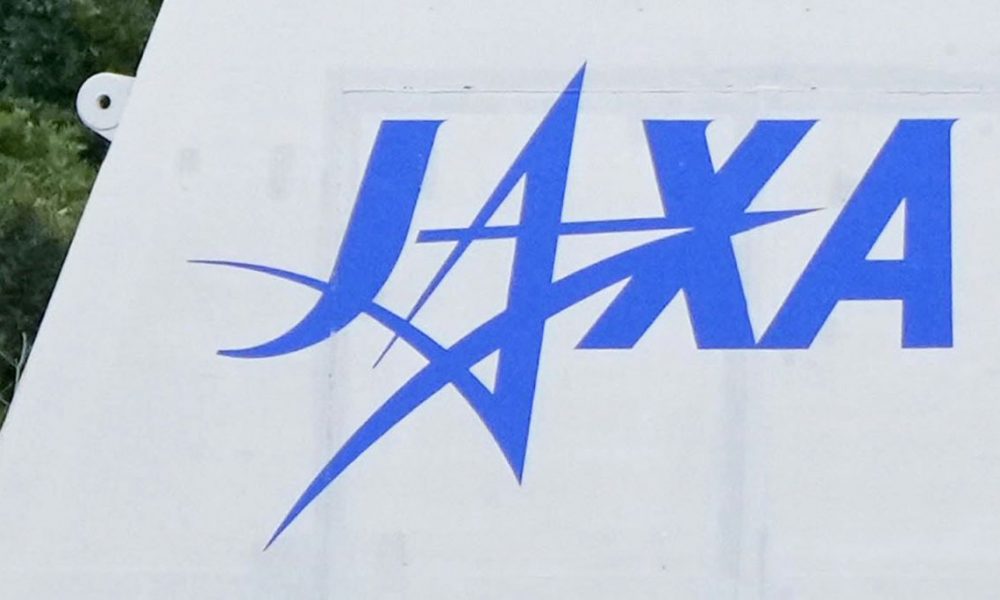


As JAXA, Japan's space development program increases projects with foreign countries, strong cybersecurity measures are needed to preserve the partners' trust.
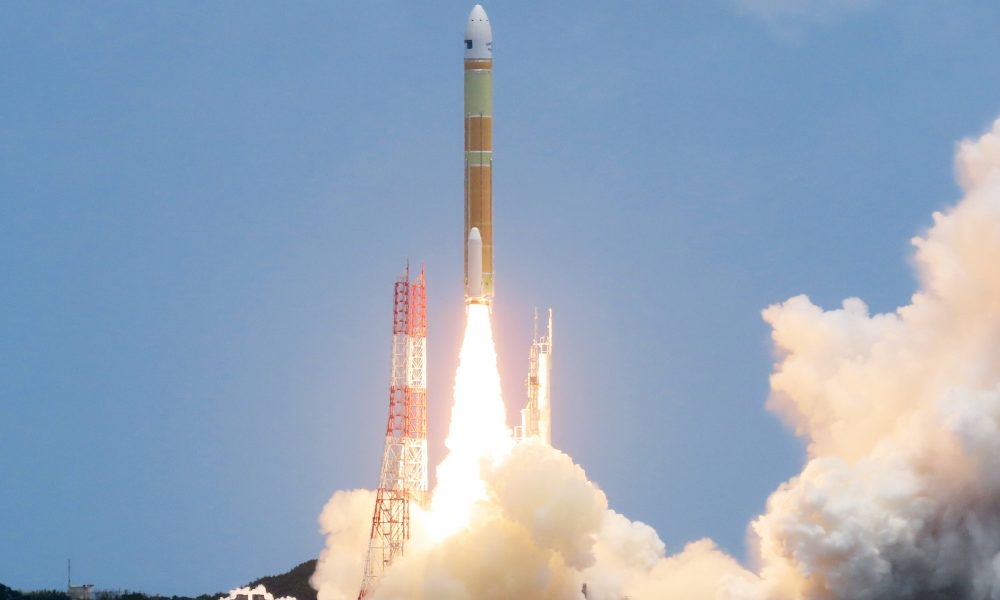


On July 1, the Japanese space agency deployed an earth observation satellite into space in the second successful launch of its flagship H3 rocket.
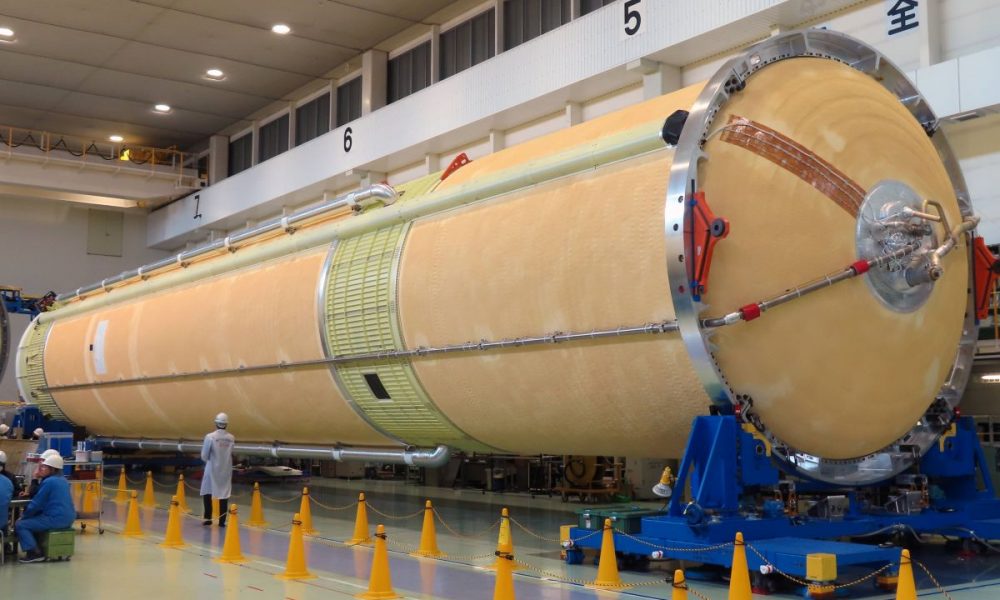
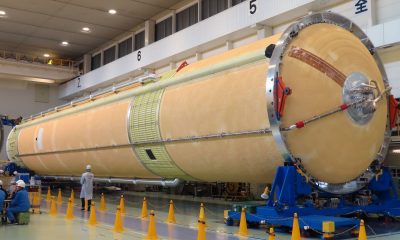

With the February launch ending the H3 rocket's test phase, the new rocket will likely carry the satellite DAICHI-4 for observation of disaster-hit areas.
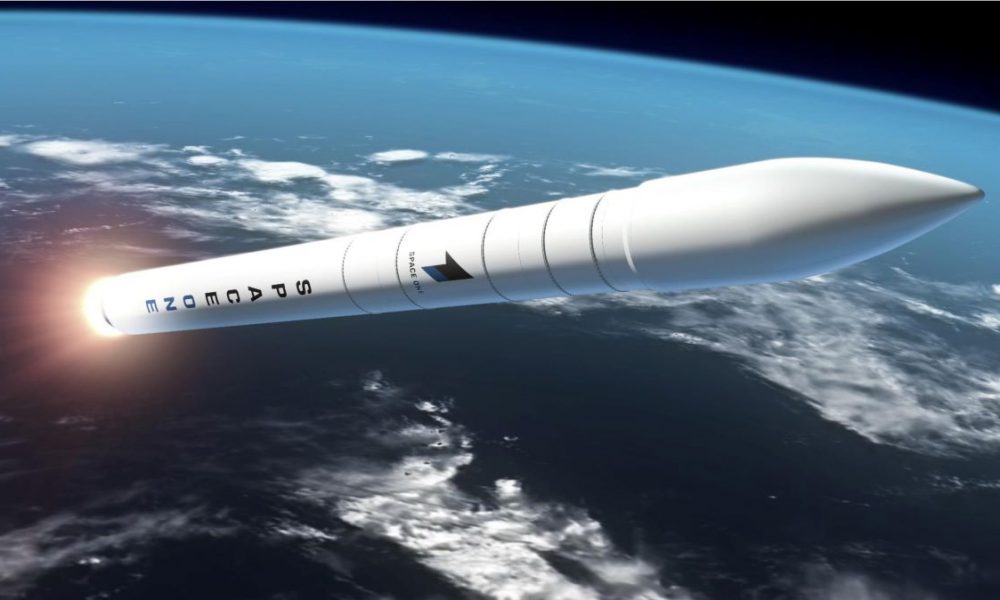
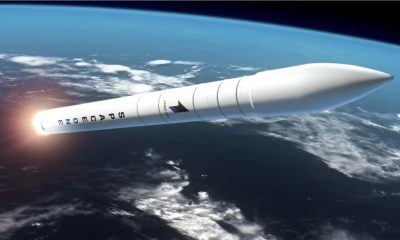

Check back for the updated schedule for the KAIROS launch. The SPACE ONE project anticipates future private sector support for Japan's space exploration.
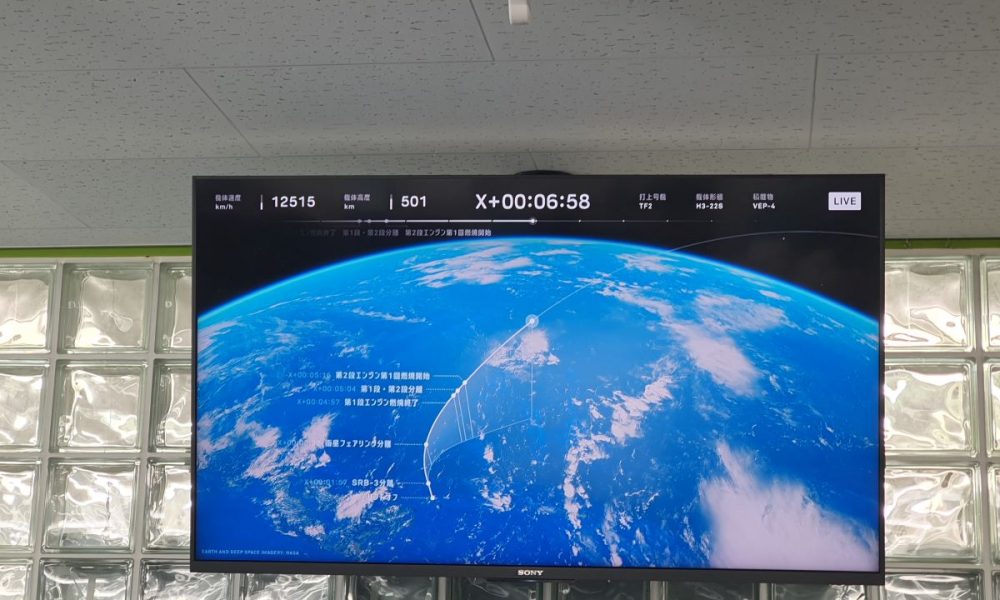
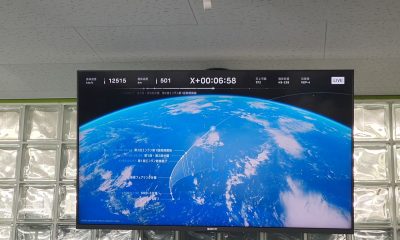

No helicopters, no military uniforms, no macho mood, and a staff canteen that serves lunch to everyone who is hungry ー only at the Japanese space...
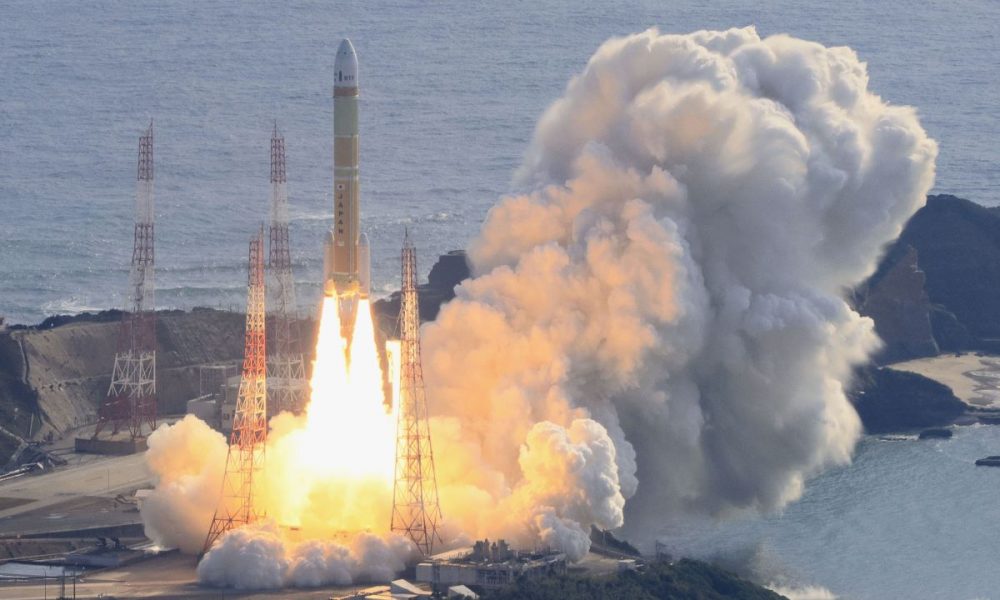


After early hiccups, Japan has successfully launched its next-generation H3 rocket, and the mood at the Japan Space Exploration Agency could hardly be better.
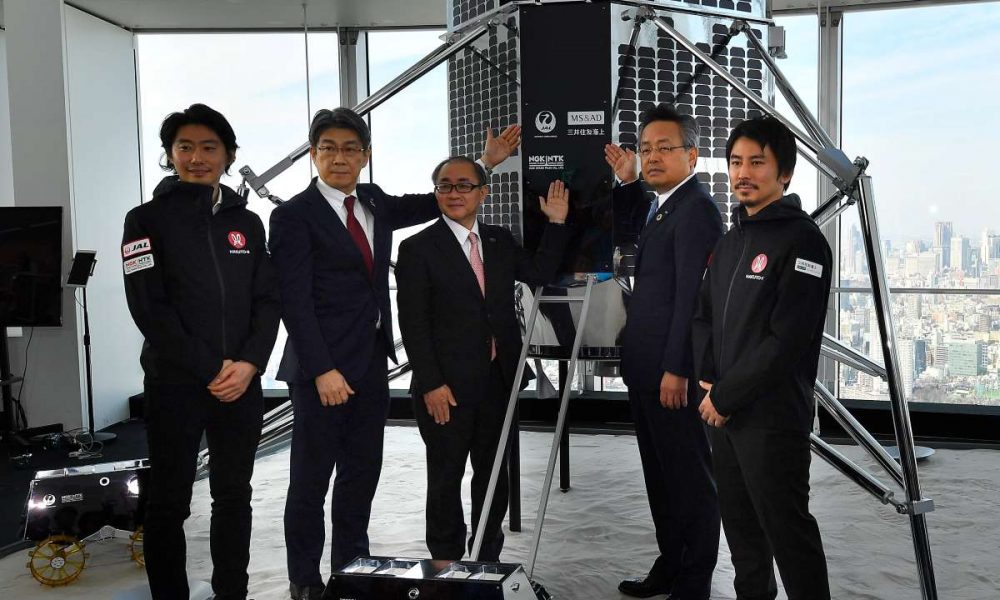


Look beyond the lunar lander failure. It is ventures like ispace embracing bold challenges that drive the advancement of science and technology.
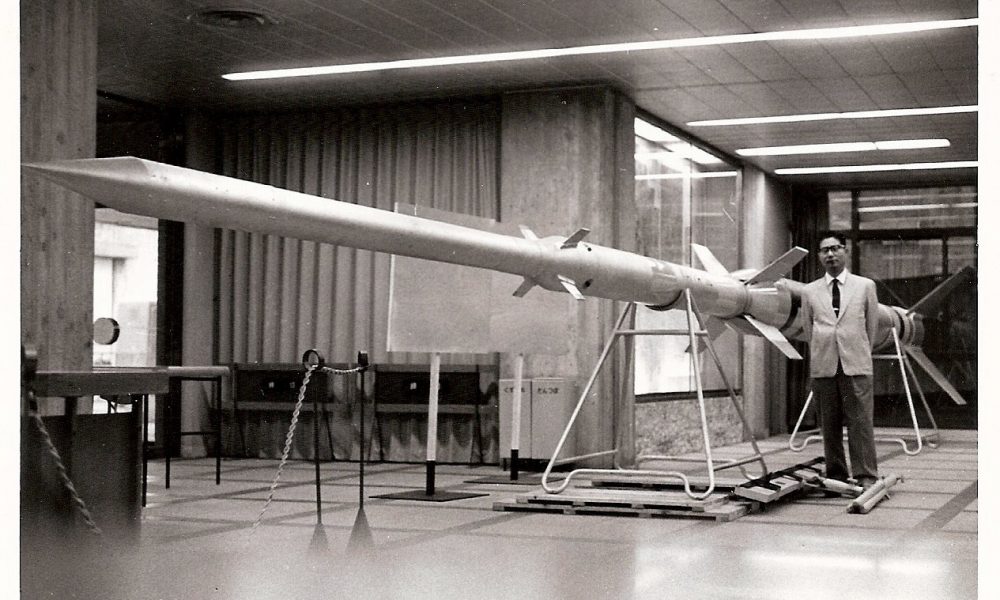
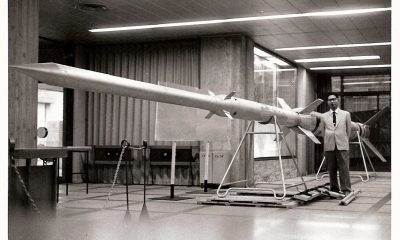

Hideo Itokawa was a leading aeronautical and rocket engineer. But it wasn't always smooth sailing. Failures are part and parcel of any worthwhile endeavor.



The H3 rocket being developed by JAXA and Mitsubishi Heavy Industries is at the frontier of commercially available space technology.
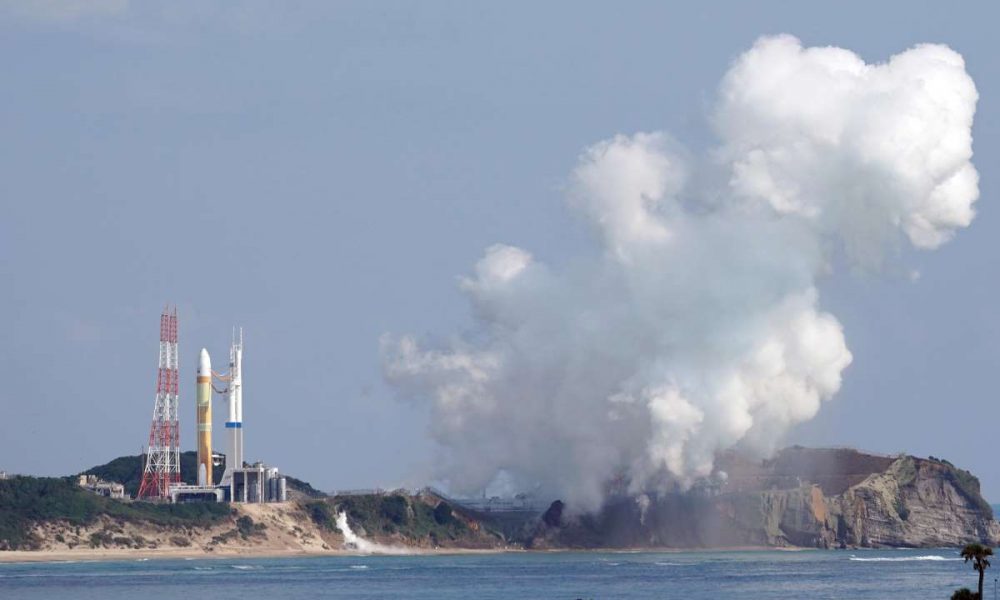
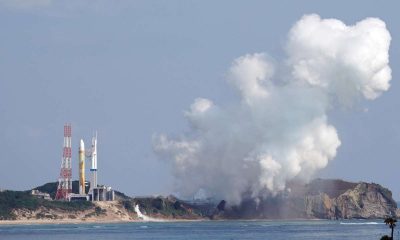

But, before that, a thorough investigation into what caused the last-minute glitch of the H3 rocket must be conducted by JAXA.
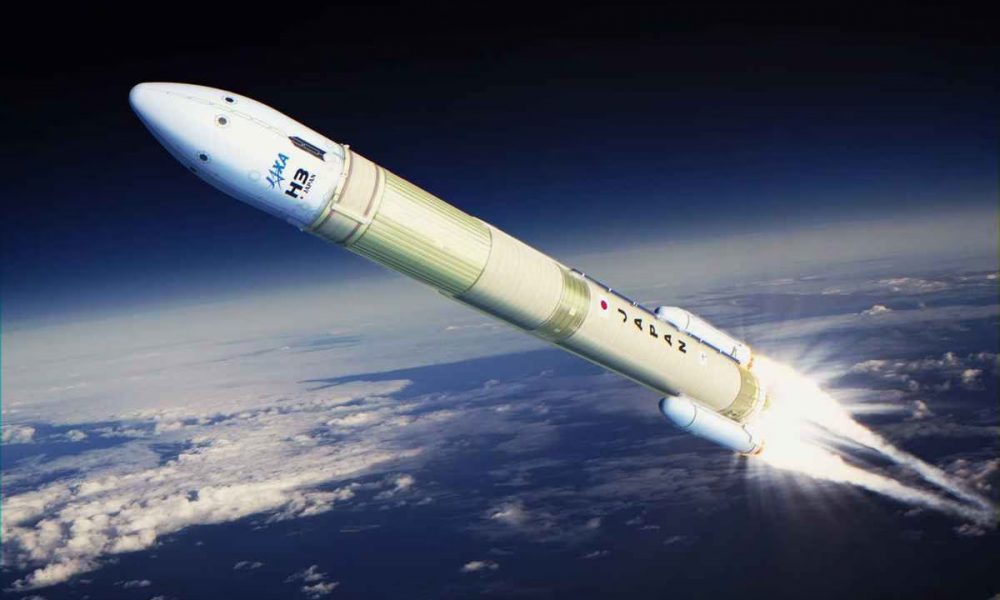
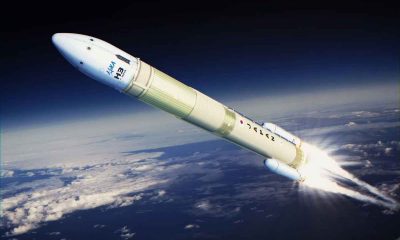

With a revolutionary design concept based on cost-efficiency, JAXA's H3 rocket aims to bring Japan to the forefront of the growing global space industry.